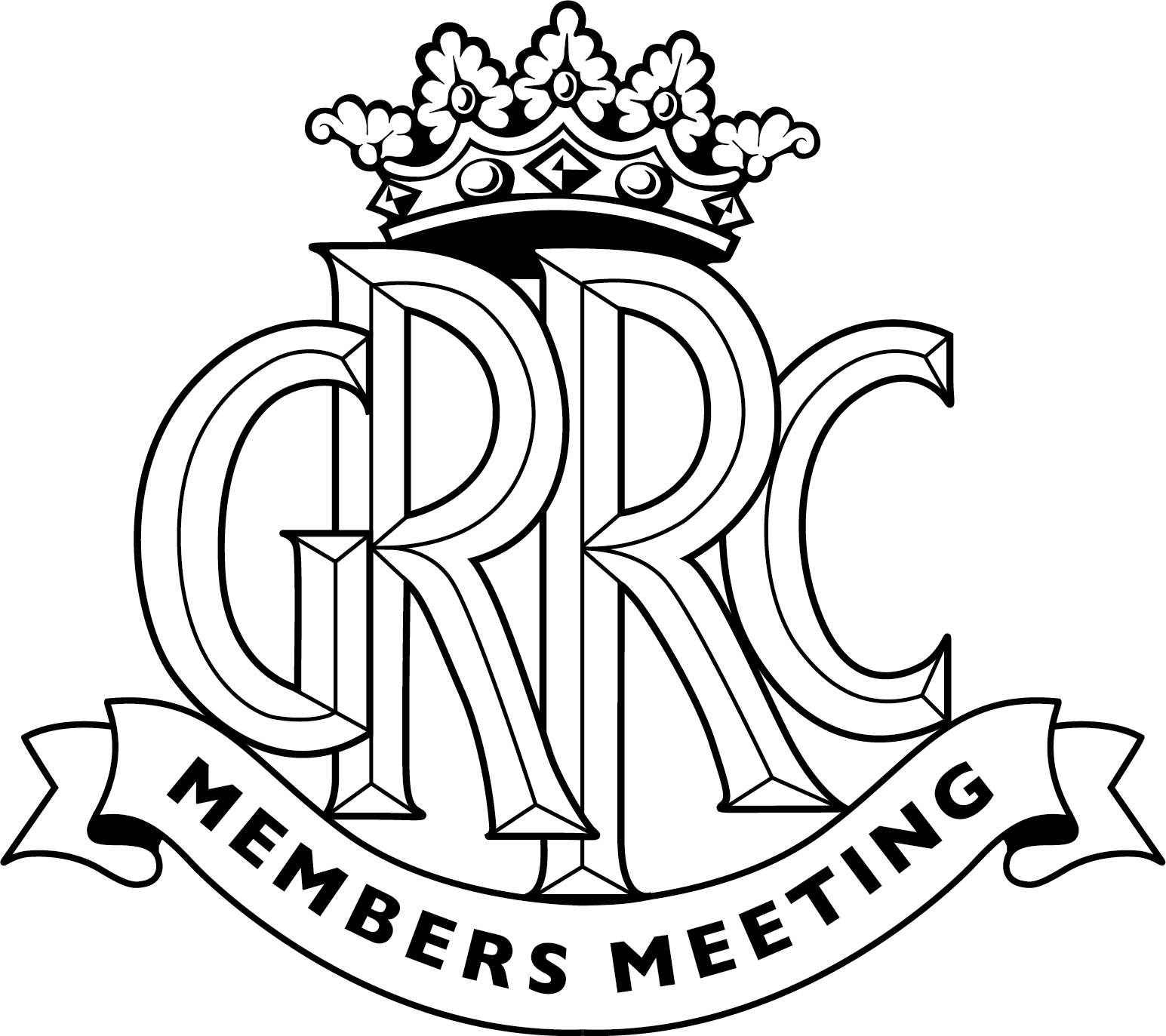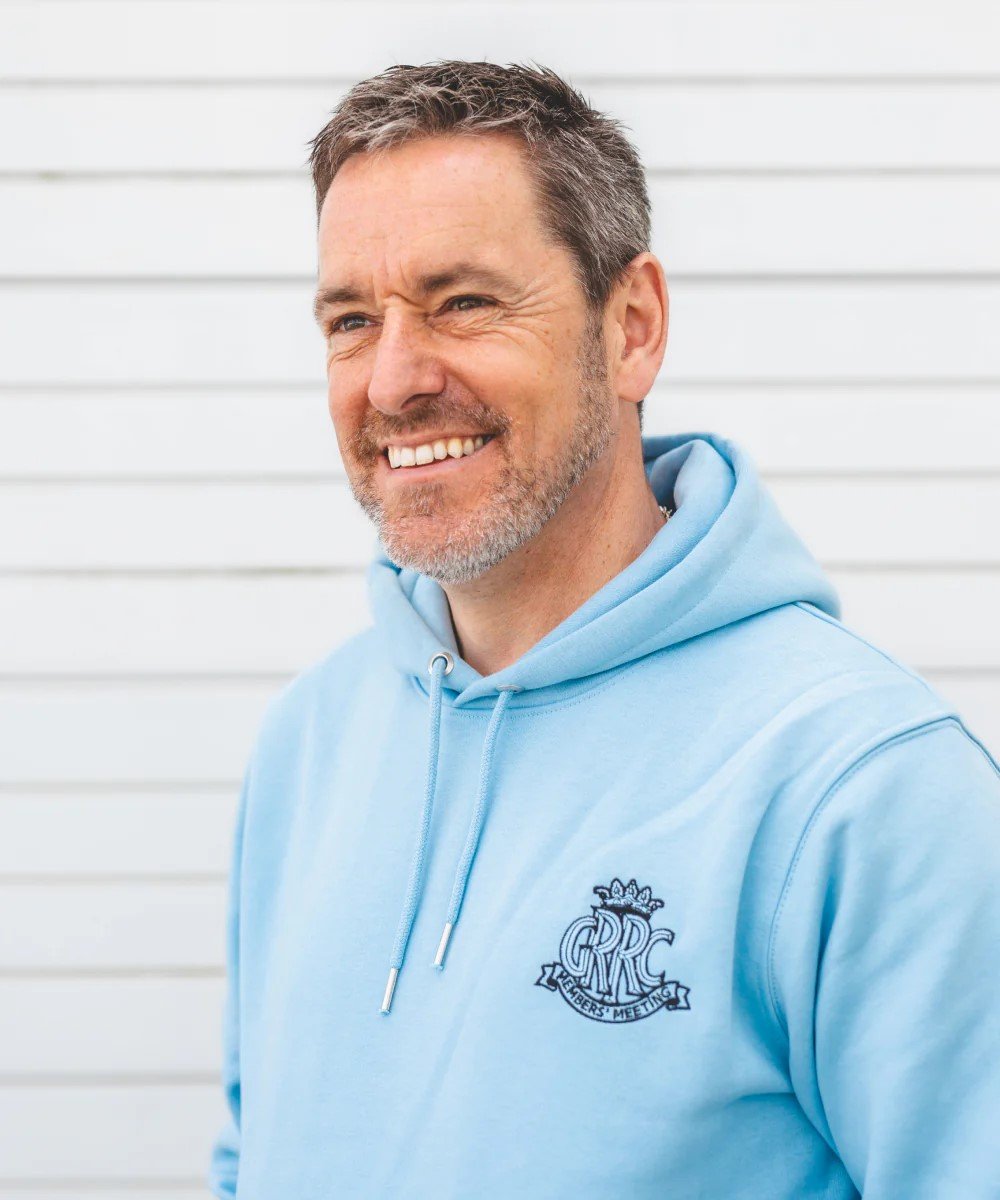The story of Group A Part 2 – wow factor, its greatest strength
The king was dead. ‘The car you always promised yourself’ had dominated the British Saloon Car Championship – in terms of race victories if not champions – since the heavy-metal ‘Yank Tanks’ had been given the elbow at the end of 1975. But, as of 1983 – and after 56 wins – the 3-litre Ford Capri was history.

As the birthplace of European tin-top racing, Britain had a tendency to go its own way. So when it decided that Group 2 ‘modified saloons’ were too expensive, and ‘standard’ Group 1s too slow, its BSCC settled on a halfway house. The unofficial title was Group 1B.
But now, a year late admittedly, it was falling into line with a European Touring Car Championship running to Group A regulations – itself a sort of Group 1B-plus. And Rover’s 3.5-litre V8 Vitesse was the BSCC’s new cock of the walk.
The ‘poor man’s Daytona’ had been knocking on the door since Epsom’s Jeff Allam punctuated the Capri’s run of success in 1980. He and fellow car dealer Pete Lovett then took it to ’em and edged ’em in 1981 and ’82: 11 wins plays nine.
Three Vitesses prepared by Tom Walkinshaw Racing, also busy trying to win the ETCC for Jaguar, entered the inaugural BSCC for Group A – and were the clear favourites. But there was to be a twist. Two, in fact.

The first arose immediately: the opening round at a soggy Silverstone in March was won by a TWR Rover driven by a man noted for his expertise in small-capacity, front-wheel-drive cars. The second didn’t occur until mid-1984, when that man’s title was scrubbed because of a minor technical infringement with his car’s tappets.
That man was Steve Soper. And his loss was another’s gain.
Andy Rouse, the 1975 champion in a Triumph Dolomite Sprint, had thought his Group A game was up when his privateer Rover plans went south before the season’s start. As such, he had missed the first three rounds by the time he stepped into sponsor Pete Hall’s 2.5-litre Alfa Romeo GTV/6 at Brands Hatch – and promptly finished third overall and, more importantly, first in class.

Four further class victories were sufficient for him to become champion for a second time. The first part of a unique hat-trick.
Rouse had his Rover by 1984 and promptly beat Soper at Donington Park. He won at Thruxton and Silverstone, too, and was leading the championship when the works Rovers withdrew in protest at the protests and counter-protests, appeals and counter-appeals, of 1983.
Two more victories made Rouse a three-time champion – but it was clear that times were changing. Not only did Win Percy win a race in a Toyota Supra – more of a GT car than a saloon, really – but also Dave Brodie scored the first BSCC victory for a turbocharged car, his Mitsubishi Starion edging Rouse at the Silverstone finale.

The latter, by now a driver/engineer/team owner, was swift to respond. His North American-market ‘jelly mould’ Ford Merkur of 1985 had a 2.3-litre turbo ‘four’. Brodie’s Mitsubishi matched it for speed but not reliability – and Tom Walkinshaw in a Rover beat it in a one-off appearance at Brands Hatch – but nine wins from 12 rounds completed Rouse’s three titles with three marques in three years.
He was the man to beat in 1986, too – five wins from nine – but the title went to Chris Hodgetts, who dominated his class in a Toyota Corolla GT. The championship was in difficulties: no main sponsor, thin grids and confusion – plus increasing disquiet – over different capacity classes being awarded equal points, no matter their competitiveness.
Dunlop came on board in 1987 for the renamed British Touring Car Championship, and Rouse and Frank Sytner gave the new main players – Ford’s Sierra RS Cosworth and BMW’s M3 – their maiden wins. But Hodgetts’ Corolla prevailed again, as Rouse concentrated on the inaugural World Touring Car Championship.

The latter series’ failure placed the emphasis on cheaper national championships benefiting from increasing TV exposure. And Ford’s spectacular Sierra RS500, all fire and brimstone, drew the crowds and viewers in. Returnee Rouse swept all before him in 1988 – his dices with visiting ETCC frontrunner Soper are still vivid in the memory – and in ’89 he fended off Robb Gravett, whose Australian-built ‘Cossie’ ran on Yokohama rubber superior to Rouse’s Pirellis.
Neither man, however, took the respective titles, which went to Sytner, still in an M3, and John Cleland’s Vauxhall Astra GTE respectively. With each class being dominated by a single model, change was brewing.
Once again Britain went its own way – and 1990 would be a stopgap: Group A was to run alongside a new formula, with a view to the latter taking over entirely in ’91. It would be wrench to lose the Sierras – but even Rouse could see that this was for the common good: it was he who proposed the new 2-litres.

Ironically, on this occasion, the fastest man won the championship: Gravett scoring nine victories to Rouse’s four. The 2-litres were swamped by the Sierras but gave good account, Sytner and Cleland, the latter now in a Cavalier GSi, fighting tooth and nail – and, feisty characters both, coming to blows after their clash at the Birmingham Superprix.
The new-look BTCC would be slower to begin with but immediately more competitive. Group A’s greatest flaw had been its class system. This historical inheritance was intended to be inclusive but had become restrictive. In contrast, what became Super Touring would by the BTCC of 1994 boast 10 manufacturers competing on a level playing ground in races that provided a single, obvious winner.

The speed that high-profile teams such as Alfa Corse and Williams extracted from its unappetising recipe of 2-litre (mainly) front-wheel-drive cars limited to 8500rpm – approx 300bhp – was incredible. Budgets, as a result, skyrocketed – for a time the TV exposure was worth the expense – and the governing body FIA’s cack-handed annexation of the formula guaranteed its eventual downfall.
But no matter how much of a technical tour de force they were under their skins, a Ford Mondeo, or a Nissan Primera, or a Renault Laguna, was never going to top a 500bhp RS500, or an M3 revving to 10,000rpm, in terms of the wow factor. That had been Group A’s greatest strength.
Images courtesy of LAT
75MM
Group A
2017






































































